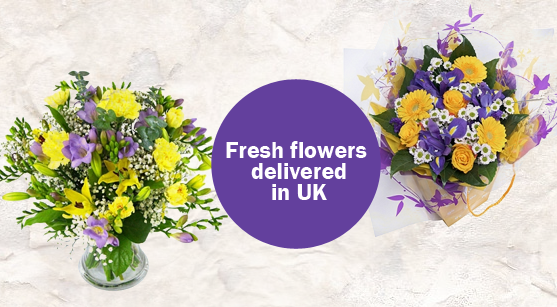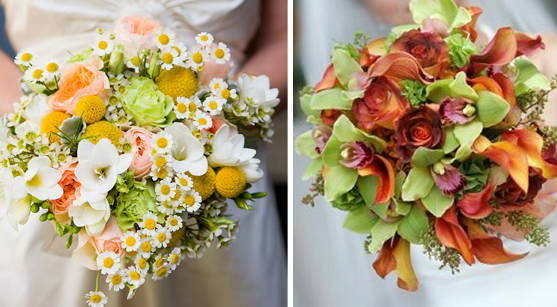Fresh flower arrangements make for thoughtful gifts and excellent show pieces. Buying from a florist makes them expensive, so you can do better by learning to arrange them yourself.

Flowers can brighten up any dull room. They can convey feelings love, compassion and congratulations to the recipient. Fresh flowers delivered in UK can be in the form of flower arrangements. You can become an amateur florist by learning to arrange flowers on your own.
Here are the first steps involved in creating flower arrangements:
Type of Arrangements:
- Bouquets: Flower bouquets can be held in hand or showcased in vases. Traditional forms of flower bouquets are:
- Round or Nosegay Bouquet: It consists of flowers arranged in a firm and proper circular bunch.
- Cascade Bouquet: When flowers fall in a cascade at the front. It may be long or short.
- Hand-tied Bouquet: Informal arrangement in which stems of flowers are secured together with ends showing.

- Table Arrangements: They are made of different types based on their silhouettes.
- Dome arrangement: It is a symmetrical dome of flowers. This is one of the simplest arrangements.
- Pyramid arrangement: It is a tall arrangement having a triangle shaped base.
- Crescent shape: It can be made with flowers having flexible or curving stems. Its two tips point up in the air.
- Horizontal arrangement: Linear, symmetrical and low arrangements, just slightly above the surface that it rests on. To create this silhouette uses a single focal flower, a shallow vase and some branches.
- Hogarth’s curve: Make flowers into an S shape.
- Vertical arrangement: It is tall and thin.
- Fan arrangement: It is depicted with flowers having long and strong stems.
- Inverted T arrangement: It looks like a triangle shape.
- Triangle arrangement: It has short flowers at the side and tall flowers in the centre.
- Oval arrangement: Make a floral picture with bright flowers at the centre.
Selecting Flowers:
- Structure: Consider what kind of individual flowers you will select for your arrangements. Florists divide flower types into three: fillers, line and focal.
- Focal flowers: They comprise the focus of the arrangement and are the brightest and most colourful. Examples are Hydrangeas, peonies and roses.
- Fillers: They help fill out the arrangements’ silhouette. Flowers include Baby’s breath, wax flowers, Dianthus, etc.
- Line flowers: They provide silhouette and visual scaffolding for the arrangement. Some of these flowers are Gladioli, snap dragons and Delphiniums.
Non flower elements: For texture and interest, include berries, vines, ferns, fruit and other greens.
- Colour: Consider how the flowers of different colours combine to create harmony or disharmony. Plan a colour palette and choose flowers based on its colours. For instance, warm colours such as yellow, red and orange have a different impact than cool colours such as purple, green and blue. A monochromatic colour scheme uses different flowers of the same shade.
Prepare Container:
- Choose a container according to the arrangement or bouquet you have decided to create. A small container will do for a small arrangement.
- Clean container properly to prevent flowers being subject to bacterial infection.
- If it is not water proof, inside place a waterproof container.
- Secure any floral foam you need to use inside the container with floral tape or hot glue.
After making these preliminary arrangements, you can start arranging the flowers.
